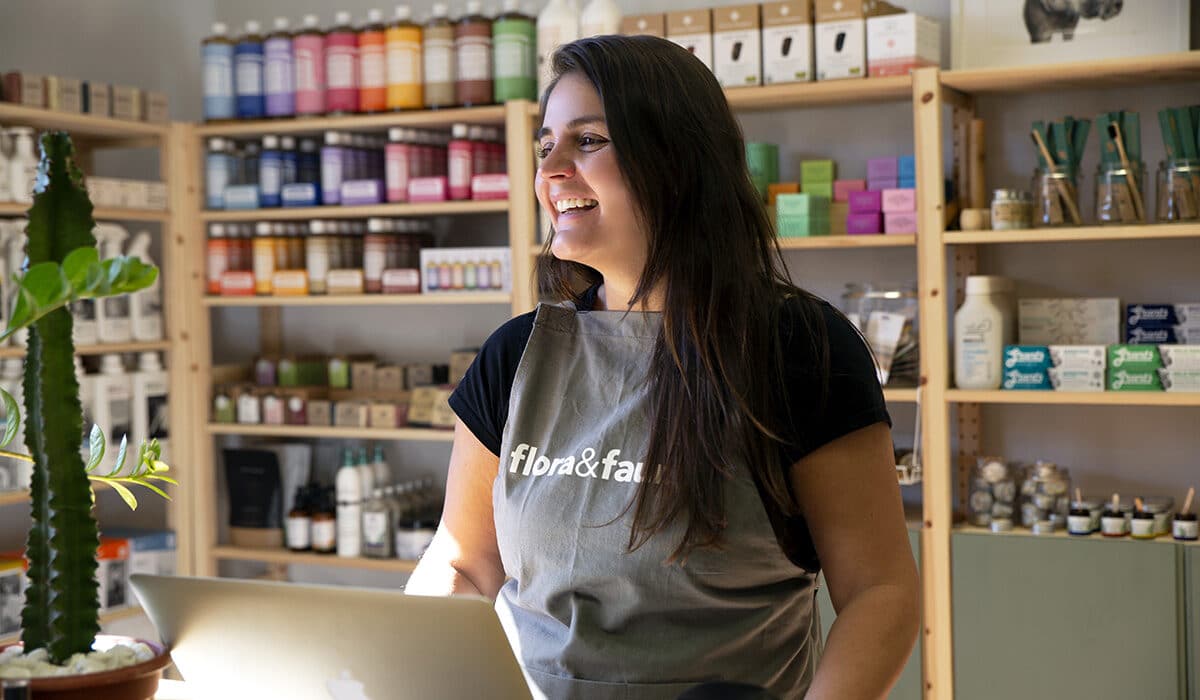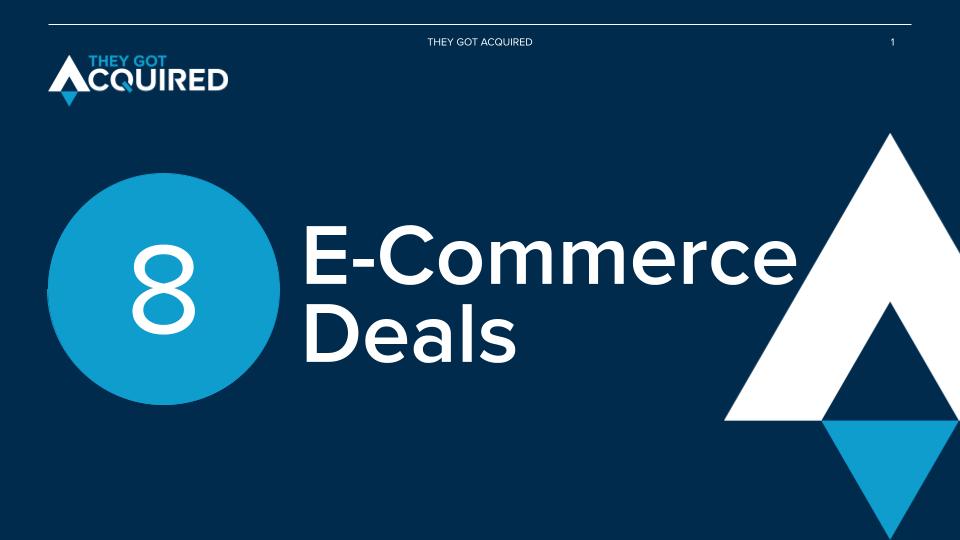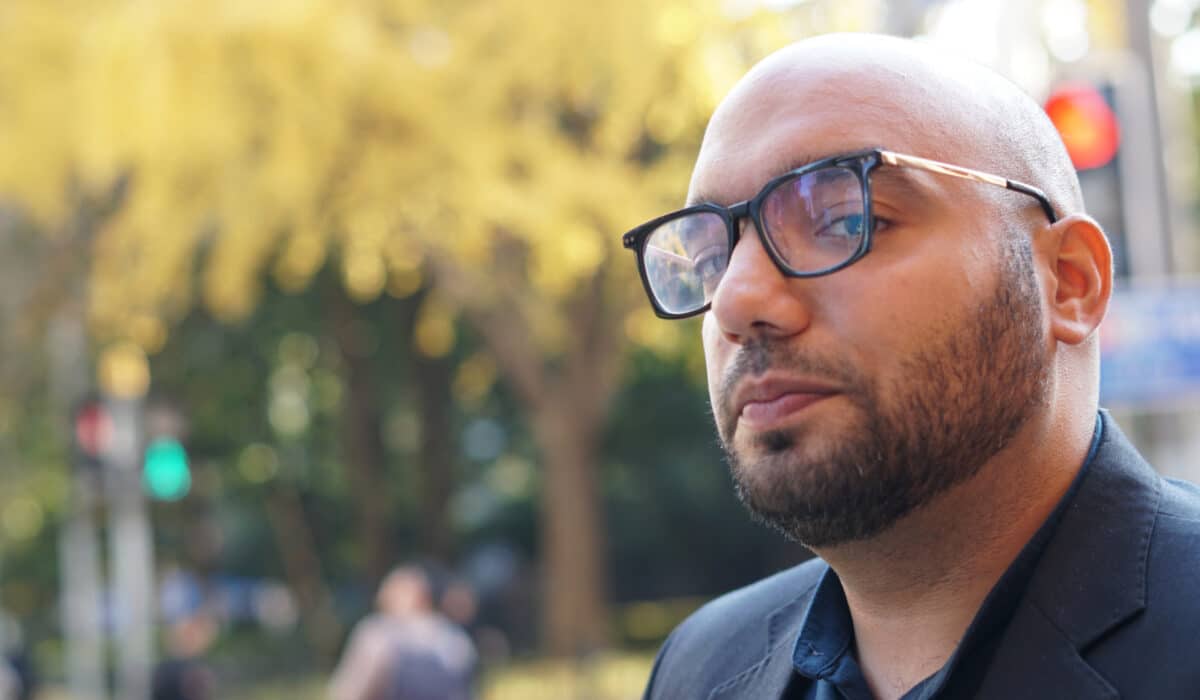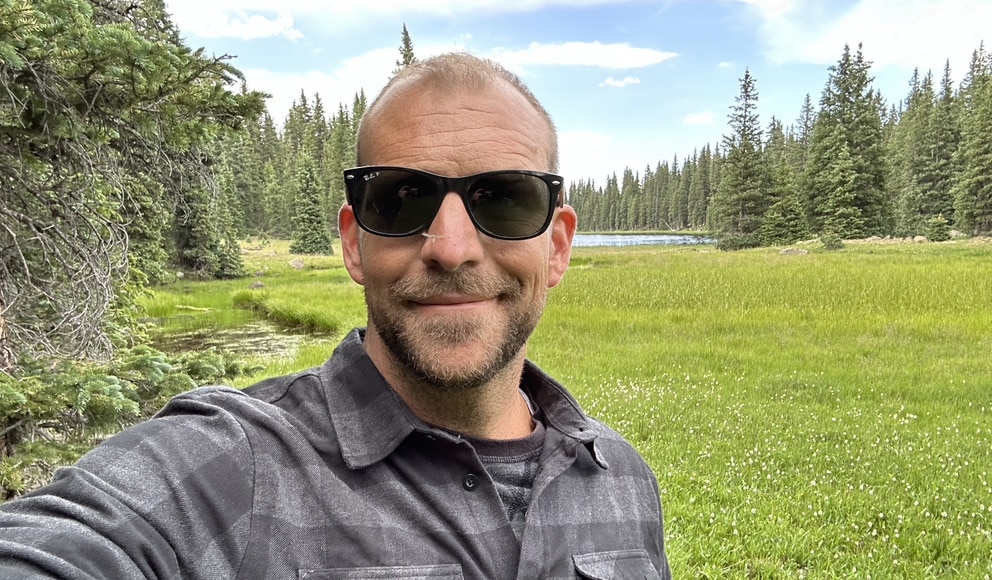After spending two decades working for traditional retailers, Julie Mathers realized she wanted to do things differently. She aspired to build a business that was conscious of its impact on the planet and aimed to create positive social change.
To realize her vision, Mathers launched Flora & Fauna in 2014 as an online store. It began with 30 brands and about 500 products — all of which fit on two shelving units in the company’s original warehouse, according to the company’s story page.
Within its first few years, Flora & Fauna launched a variety of environmental and social efforts, which Mathers said was key to its growth. In 2016, it transitioned to plastic-free shipping packaging, saving more than 30 metric tons (33 short tons) of plastic, according to the story page. A year later, Flora & Fauna debuted a company-wide recycling program allowing customers to return packaging, empty bottles and other items for recycling.
Also in 2017, Flora & Fauna became a B Corporation, earning a certification that measures its performance on social and environmental indicators. B Corps must make legal commitments to change their corporate governance to prioritize accountability and share their performance publicly online.
“As we grew, we really leaned into our purpose and values,” Mathers told They Got Acquired. “They became central to our strategy and that’s when we started our recycling program, became a B Corp and lots more. It’s the backbone and as a result gave us a reason for being. People wanted to work with us and shop with us.”
How ethics, purpose and social media fueled Flora & Fauna
Sharing the company’s story and mission via social media helped it reach customers, Mathers said.
The Flora & Fauna team also hit the streets with markets, events and award contests to earn “PR however we could to be noisy,” she added. The hard work helped Flora & Fauna reach more than 136,000 followers on Instagram.
Arguably the cutest demonstration of Flora & Fauna’s ethical focus is its brand ambassador: Rosie the pig. The friendly, 330-pound sow is a symbol of the company’s goal to spread kindness and ties into one of its philanthropic partners, the Where Pigs Fly Sanctuary.
By 2021, Flora & Fauna offered more than 10,000 products from 340 brands — all of which are 100% vegan and cruelty-free.
The company — which notched about 16.5 million Australian dollars (US$12.4 million) in revenue in 2021 and fulfills about 1,000 orders per day — remains one of Australia’s largest eco-focused beauty retailers. With nearly 50 staff, Flora & Fauna has expanded into new product categories, including eco cleaning, kitchen goods, homewares and more.
Taking an eco-retailer to the next level
While Flora & Fauna was a successful bootstrapped venture, Mathers said the company needed help growing to reach international customers. She began looking for capital with the help of a broker, but was quickly met with another opportunity.
“We were actually initially looking for investment and had some offers from private equity,” Mathers told They Got Acquired. “Then the parent company of a competitor approached us and wanted to buy us outright. It wasn’t what we originally set out to do, but we then changed our thinking.”
That company was Melbourne-based BWX, a publicly traded, multinational beauty and wellness company. With a focus on environmental sustainability and natural products, BWX presented a great fit for Flora & Fauna, Mathers said.
In July 2021, Flora & Fauna accepted BWX’s offer for AU$27.9 million, or more than US$20.9 million, Mathers told us.
Asked to reflect on the sale process, Mathers remarked: “Expect the unexpected. It was quite an emotional journey, too.”
Mathers told us that she acquired and now leads a baby brand, Snuggle Hunny.



